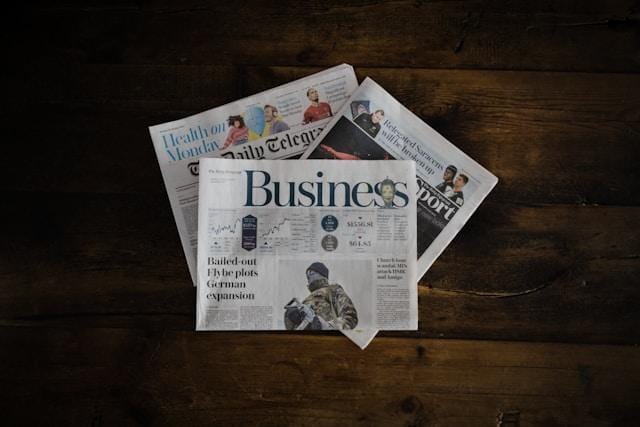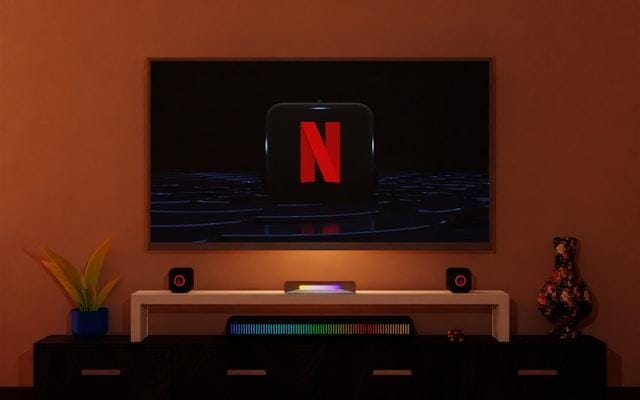
Legacy media inspired trust for a century — after all, that’s why they have a legacy to look back on. However, change is inevitable. That’s why we don’t all gather around the radio to hear the news anymore.
That shift from radio to television is often compared with the modern change in the media landscape. But there’s no denying the fact that modern media is changing far more rapidly, and perhaps more profoundly.
Streaming platforms and social feeds cut down our attention spans. To stay relevant in this age of innovation, old institutions must learn to move with the same agility as the start-ups that disrupted them. Let’s see what that entails.
The Weight of Tradition
Many legacy outlets grew from a time when information flowed one way — from publisher to public. That model now feels distant. Today, the public expects dialogue, transparency, and instant delivery. The challenge lies not in technology alone but in mindset. Years of repetition built habits that no longer serve the audience. Each newsroom and broadcast chain must ask what purpose its systems still hold and what they prevent from growing.
Print presses, linear schedules, and analog archives once defined strength. Now they can stall progress. The first step toward change is recognizing that authority is not threatened by adaptation. It is reinforced by it.
Rethinking Culture before Code
Technology alone does not create transformation. People do. Resistance forms easily in organizations shaped by decades of process. Some fear that innovation means abandoning identity. In truth, it means protecting it by other means. Leadership sets the tone. When executives treat experimentation as risk instead of necessity, reinvention halts. When they reward curiosity, teams discover new ways to tell familiar stories.
Encouraging open dialogue between digital natives and veterans helps align vision. Cross-department groups can test ideas quickly, measure results, and share learning. The shift from hierarchy to collaboration often sparks the most lasting results.

Building the Digital Foundation
Modernization begins with structure. Many archives sit locked in outdated formats that decay faster than they can be copied. To secure their legacy, organizations must migrate physical tapes, reels, and cassettes into accessible digital libraries. Services that help preserve videos in digital formats make it possible to protect fragile footage while freeing it for modern use.
Updating infrastructure also means adopting content management systems that support search, tagging, and sharing. Metadata, once treated as a clerical detail, now drives discovery across global audiences. A reliable digital foundation ensures that institutional memory fuels the next generation of storytelling.
Understanding Audiences Anew
Legacy media once defined the news cycle; now audiences do. Algorithms push, people pull. In addition, according to Statista, everyone consumes media on phones, not newsstands. Understanding this shift requires data analysis, but also empathy. Tracking engagement offers numbers, not meaning. To rebuild trust, outlets must listen as much as they publish.
Social teams can share stories in short clips while redirecting viewers to fuller investigations. Podcasts bring a human voice back into reporting. Newsletters create intimacy by speaking directly to inboxes. Each format reaches a different habit of attention, and each deserves distinct care. Adapting to the age of innovation means meeting readers where they live, not where the newsroom once stood.

Investing in Talent and Trust
Transformation succeeds only when people feel secure enough to risk failure. Training programs help long-time staff understand digital workflows. New hires bring skills in data, design, and social engagement that enrich older institutions. Pairing generations of journalists produces balance — one grounded in ethics, the other fluent in tools.
Culture must support both. Leadership should value time spent experimenting, not only output. Mistakes will occur. What matters is how fast teams learn from them. In the age of innovation, agility outweighs perfection.
Learning from Success and Failure
Consider the British Broadcasting Corporation’s digital expansion. It built an archive portal, reorganized production teams, and launched mobile-first content without erasing its identity. By contrast, several American regional papers clung to print revenue too long and lost both audience and influence. The difference lay in pace, not intention.
Each organization can learn from these extremes. Start small. Convert one product, pilot one workflow, and build influence organically. Measure impact and scale what works. Innovation thrives when goals are clear and feedback is constant.
The Age of Innovation: Creating a Roadmap for Renewal
A deliberate sequence of steps helps structure progress:
- Audit assets. Identify what is stored, what is duplicated, and what is obsolete.
- Define vision. Decide what future role the organization should play and for whom.
- Prioritize quick wins. Early successes build confidence for deeper change.
- Upgrade systems. Replace legacy hardware and integrate analytics.
- Develop people. Offer continuous learning across all levels.
- Monitor progress. Use transparent metrics to maintain accountability.
A roadmap is not a contract but a compass. It keeps effort aligned even when results take time.
Avoiding Common Pitfalls
Change often stalls on three fronts: leadership hesitation, fragmented communication, and unrealistic timelines. When executives delegate innovation without owning it, transformation loses authority. Also, when teams pursue digital projects in isolation, duplication drains energy, and when goals lack clear milestones, fatigue replaces optimism.
The antidote is steady transparency. Regular updates, visible results, and shared credit sustain morale. Innovation depends on clarity more than speed. Each milestone achieved reaffirms that legacy and progress can coexist.
Reclaiming Purpose
At its core, media exists to inform, connect, and preserve. That mission has not changed. What has changed is how audiences receive and value information. Modern technology simply extends that purpose across platforms that were once unimaginable. The institutions that endure will be those that recognize history as a resource, not a constraint.
Adaptation does not erase heritage; it amplifies it. Every archive digitized, every workflow renewed, and every audience reached ensures that truth and memory remain accessible. By acting with foresight, legacy media can enter the age of innovation without losing its voice.
Bottom Line
Legacy institutions stand at a rare threshold. They carry the memory of the past and the promise of what still matters. Their survival depends not on nostalgia but on action. To evolve in this age of innovation, they must pair the wisdom of experience with the curiosity of youth. The presses may slow, the antennas may quiet, but the story continues — alive, adaptive, and aware of its time.





